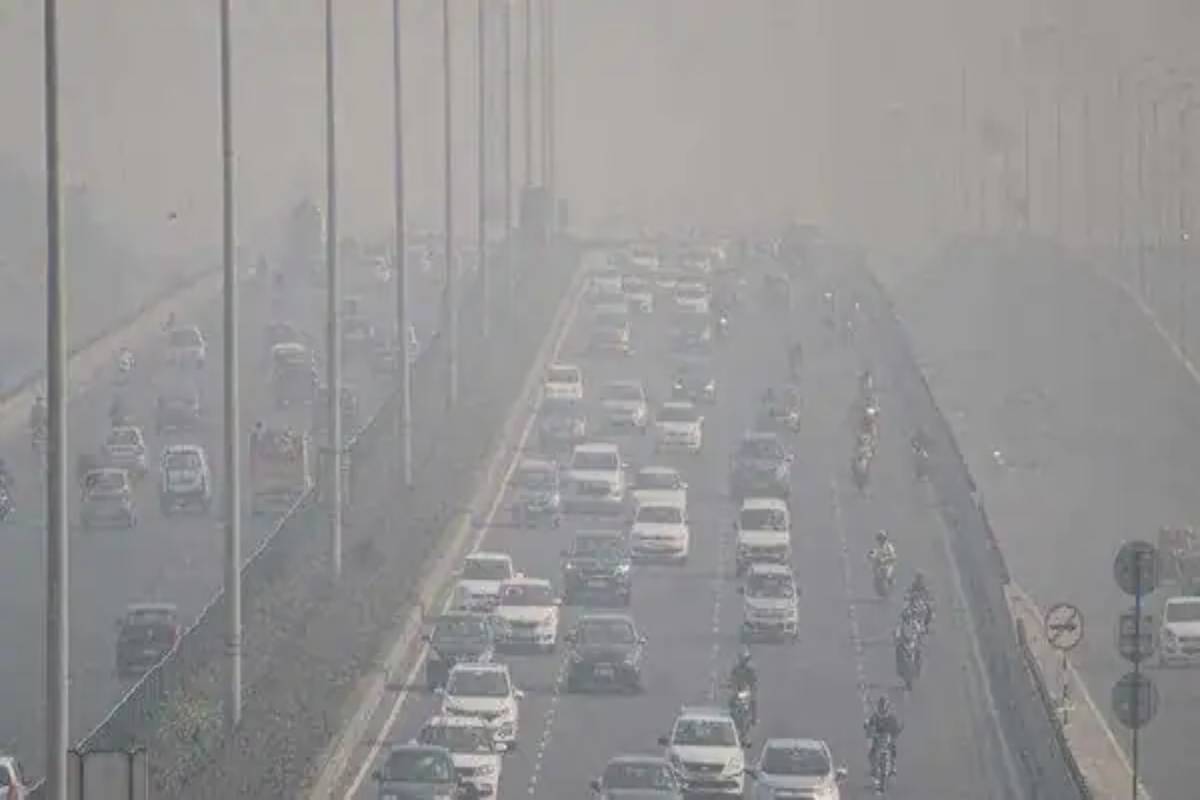Locals agitate against air pollution in Panagarh
A team of officials of West Bengal Pollution Control (WBPCB) rushed to inspect the level of pollution at the site, which led to further escalation of the tension.
Air pollution remains a critical global challenge, with severe health implications for millions of people worldwide.

Representation image [File Photo]
Air pollution remains a critical global challenge, with severe health implications for millions of people worldwide.
In a significant step towards addressing this issue, a young researcher at Indian Institute of Technology (IIT) Jodhpur has made a ground-breaking research which appeared in recent issue of Nature Communications journal, shedding light on the sources and composition of particulate matter (PM) in northern India that are harmful to human health.
Contrary to the common belief that reducing overall PM mass would alleviate health impacts, this comprehensive study highlights the importance of addressing local inefficient combustion processes – such as biomass and fossil fuel burning, including traffic exhaust in effectively reducing PM-related health exposure and their associated impacts in Northern India, claims Dr. Deepika Bhattu, Associate Professor and lead author of the article.
Advertisement
The study addresses three critical scientific questions crucial for consideration of Indian Policymakers in devising data-driven, effective mitigation strategies under the ongoing National Clean Air Programme (NCAP).
1. Fine PM (PM2.5) source identification and their absolute contribution, with unprecedented clarity between their local and regional geographical origin.
2. A comprehensive and unequivocal distinction between directly emitted PM and those formed in the atmosphere. This is the first time such a distinction is clearly made over a large spatial and temporal scale.
3. Determination of the harmfulness of PM by correlating its oxidative potential with local and regional sources within the study region.
Leveraging the power of advanced aerosol mass spectrometry techniques and data analytics, the study was conducted at five Indo-Gangetic Plain sites, both within and outside Delhi and found that although uniformly high PM concentrations are present across the region, the chemical composition varies considerably as the local emission sources and formation processes dominate the PM pollution.
Within Delhi, ammonium chloride, and organic aerosols originating directly from traffic exhaust, residential heating, and the oxidation products of fossil fuels emissions produced in the atmosphere dominate PM pollution.
Advertisement